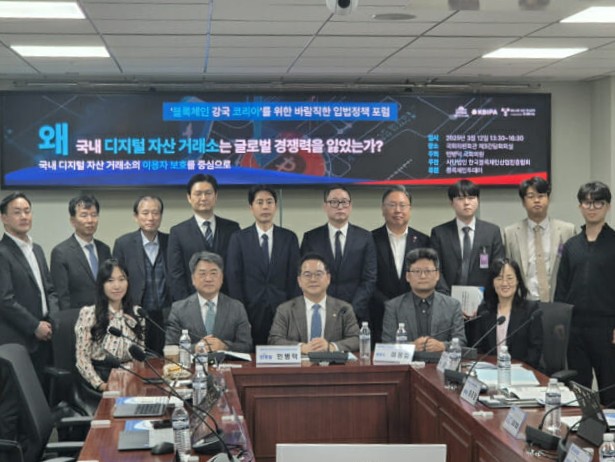
South Korea is on the verge of enacting its first comprehensive legislation regulating the virtual asset industry. Representative Min Byung-deok of the Democratic Party plans to submit the Digital Asset Basic Act in May 2025, marking a major shift toward formalizing the issuance, circulation, and listing of crypto assets—particularly stablecoins.
Unlike the Virtual Asset User Protection Act that took effect in July 2024, which focused on protecting users via exchange-level regulations, the new bill targets the entire digital asset lifecycle: from issuance and disclosure to circulation and delisting. Most notably, stablecoins will require prior approval from the Financial Services Commission (FSC) before issuance, reflecting regulatory frameworks seen in the EU’s MiCA and Japan’s 2022 law.
Other virtual assets will not be subject to licensing requirements for issuers, but all must submit pre-issuance filing documents to the FSC. These documents will undergo a formal review process. Though labeled a “reporting system,” the requirement for FSC acceptance effectively renders it a quasi-licensing regime.
The bill also proposes the creation of the Korea Digital Asset Industry Association, a mandatory membership body overseeing listings, maintenance, and delistings. The association will establish two independent bodies: a Listing Review Committee and a Market Surveillance Committee, both tasked with detecting unfair practices and ensuring compliance. Each member company will hold one vote to prevent undue influence by major players.
A Digital Asset Committee under the FSC will serve as a policy planning and decision-making body. This committee will be responsible for drafting a national digital asset industry development plan every three years, alongside annual surveys to assess market conditions, issuer activities, stablecoin volumes, and overall industry competitiveness.
This legislative push is viewed as the “second phase” of Korea’s regulatory effort, bringing the industry firmly into the institutional fold. By balancing investor protection with industrial development, the bill seeks to provide clarity, oversight, and a strong foundation for South Korea’s rapidly evolving digital finance ecosystem.






